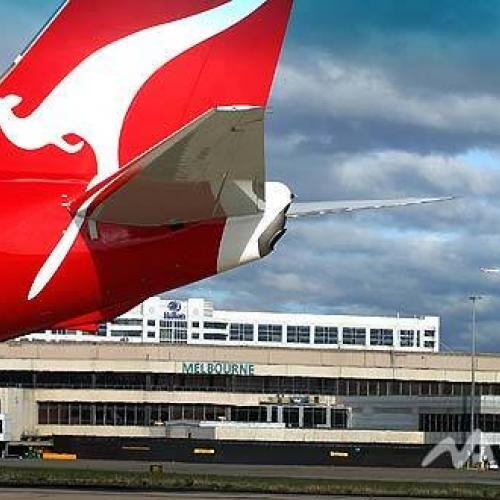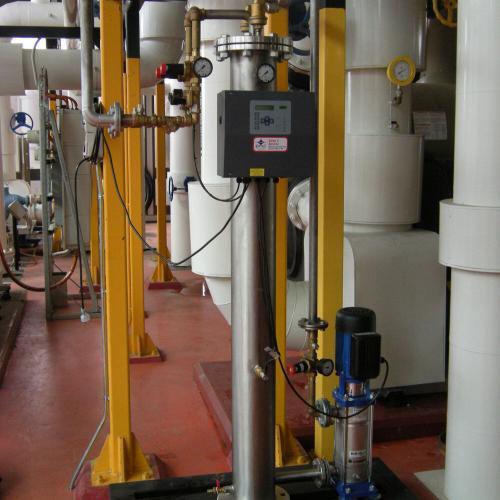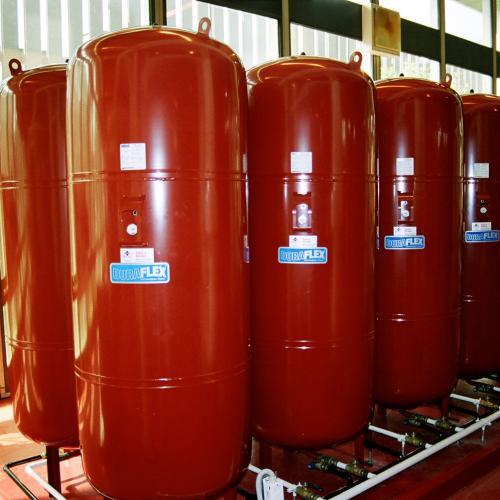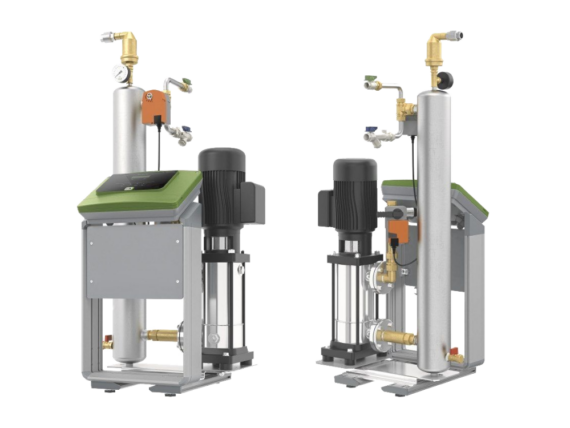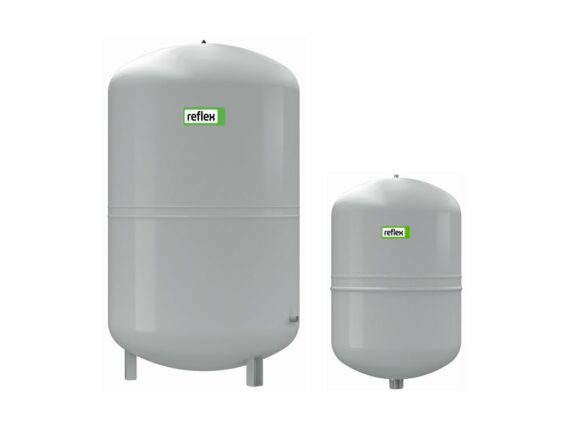Melbourne Airport
Project Overview
Melbourne International Airport is located on the edge of the city and is Australia’s second largest. With four terminals, it’s got its own postcode and it’s so close to the suburb of Tullamarine that it’s known locally by its alternative name of Tullamarine Airport. The four terminals see nearly a quarter of a million planes take off or land while those planes move 35 million passengers domestically, to over thirty locations in Australia, and internationally to the rest of the world.
Airports are like miniature cities, with ecosystems all of their own. They play host to millions of people who rely on the airport’s facilities to provide a comfortable and safe environment during their working day or transit time. With recent figures citing around 36 million passengers per year passing through it’s terminals, Melbourne International Airport’s infrastructure is huge and involves a significant maintenance cost each year. Fortunately, airport engineering staff took advantage of our technical expertise to assess the cause of repeated pump failures and heating system inefficiencies. It became clear that the extensive closed loop heating system contained a large amount of air which was causing pump cavitation, corrosion and ultimately system failure and maintenance issues.
Vacuum Degassing.
After visiting the site and inspecting the equipment, our technicians were able to recommend the EcoVac vacuum deaeration system to provide continuous ongoing removal of air from the system. This meant that water in the system would be regularly drawn out of the system into the EcoVac and subjected to vacuum degassing then returned to the system as deaerated water. The effect of this system in operation was an immediate reduction in vibration and noise as the water began circulating silently and efficiently through the system. The effectiveness of this type of system is further enhanced as the degassed water reaches air pockets within the system that are otherwise inaccessible or unable to be dealt with by standard air venting devices. Once degassed, the water becomes hungry for oxygen and absorbs the trapped air, which is then carried through the water loop and back to the EcoVac for complete removal from the system.
Air and corrosion go hand in hand producing sludge and noise which interferes with the smooth running of any system. The equipment we recommended and is now working in-situ is listed below. If you would like a similar evaluation please do not hesitate to get in touch.

